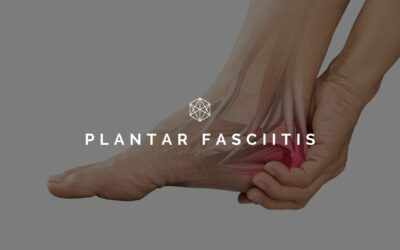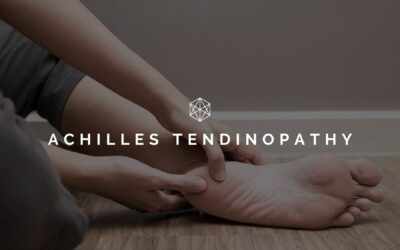Bones are made from living tissue which renews itself continuously throughout life. If the skeleton is to develop and renew itself effectively and remain strong it needs, among other things, regular stimulation from effective physical activity. Bones need a variety of brief and frequent loading every day such as in normal activities like walking and climbing stairs to maintain their strength. They also need to be loaded a bit more than usual to build and improve their strength – the more the load the greater the strength possible. How long bones stay strong and healthy depends on how well they were made to begin with. Generally people have reached their peak bone density by their early 20’s. Therefore the early years, particularly the early teen years are vital in the life time of bone health.
What is Bone Mineral Density?
Bone mineral density (BMD) is a measurement of the level of minerals in the bones, which indicates how dense and strong they are. If your BMD is low compared to normal peak BMD, you are said to have osteopenia. More specifically, osteopenia is defined as a bone mineral density T-score between -1.0 and -2.5.
What is Osteopenia?
Osteopenia is a condition where bone mineral density is lower than normal. Low bone mineral density but not low enough to be classified as osteoporosis. It is considered by many doctors to be a precursor to osteoporosis. However, not every person diagnosed with osteopenia will develop osteoporosis.
What is Osteoporosis?
Osteoporosis is a disease of bones that leads to an increased risk of fracture. In osteoporosis the bone mineral density (BMD) is reduced, bone micro-architecture is deteriorating, and the amount and variety of proteins in bone is altered.
The Irish Society of Chartered Physiotherapists (ISCP) set up a Working Party to promote the Physiotherapy role in all stages of bone health and the management of osteopenia and osteoporosis. The Physiotherapy Promotion and Management of Bone Health Throughout the Life-Span document was approved by the Society in 2008. Where there is compromised bone health, it is imperative that Physiotherapy management is included in the comprehensive physical and medical management of the osteopenia/osteoporosis condition.
Risk Factors for Osteopenia / Osteoporosis
Risk Factors for osteopenia/osteoporosis can be modifiable or non-modifiable. Risk factors include:
- Advancing age, female, positive family history of osteoporosis +/- low trauma fracture, smoking
- Physical inactivity, excessive exercise, eating disorders, low calciumin diet, low Vitamin D levels/non-exposure to sunlight
- Low BMI, loss of height, malnutrition, endocrine disorders
- RA, corticoid-steroid therapy, late onset menarche , menstrual disturbances, early menopause
- Prolonged use of proton pump inhibitors, heparin therapy, hypogonadism
- Chronic renal disease, post all transplants, coeliac disease, malabsorption disorders, excessive/high alcohol consumption, chromosome disorders, malignancy, chemotherapy
Prevention is better than Cure
To maximise bone health it is necessary to undertake exercise/activity that is weight-bearing in nature and involves many areas in the skeleton. It has also been shown that the element of ‘surprise’ is what has the stimulating effect on a bone’s density – therefore while ‘every day walking’ helps maintain bone density in the lower limbs, it has no impact on further increasing bone density in the head of femur. In order to surprise the body, one needs to ‘hop, skip and jump’ or walk very briskly – just 10 minutes of this has been shown to be effective on the femoral head when carried out daily. Walking, which is weight-bearing on the lower limbs, will have no impact on the bones of either the upper limbs or spine however. A variety of many exercises/activities are therefore needed to influence bone health throughout the body. Variety also pertains to other factors such as duration, speed, repetitions, weights, levers and frequency. The specifics of the exercise/activity programme will also depend on a diagnosis of either osteopenia or osteoporosis and the person’s age-group/menopause status.
Physiotherapy Management of Ostepenia / Osteoporosis
The Chartered Physiotherapist has a large and comprehensive role to play regarding bone health and all other musculoskeletal issues. A Chartered Physiotherapist is the ideal source of expertise to prescribe and appropriately modify exercise programmes to help maintain bone density and promote good bone health for the future.
The Comprehensive Management of Bone Health Issues Is 3-Fold:
- Nutritional and life-style changes
- Weight-bearing exercise and activity
- Pharmaceutical medications and Calcium + Vitamin D supplementation
Physiotherapy intervention does not need to wait for results from scans. The Chartered Physiotherapist can do an ‘informal’ screening with searching questions, observations and measurements such as height loss and BMI. A suitable and beneficial Physiotherapy plan can be initiated with a ‘working diagnosis’ whilst awaiting the opportunity for a DXA scan. It is never too early for Physiotherapy intervention regarding a person’s bone health; equally it is never too late. It would be unusual for some intervention not to be of some benefit – and of course, as in all things Physiotherapy-wise, the sooner the better!

